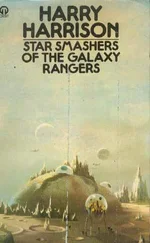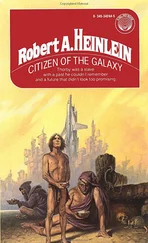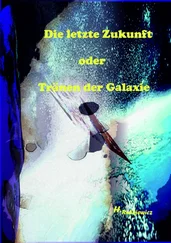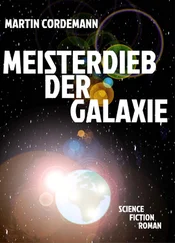1 ...7 8 9 11 12 13 ...17 Figure 1.19shows several S0 galaxies classified in the CVRHS system. The CVRHS system treats S0s differently from the tuning fork and parallel sequence ideas. Like spirals, S0s are divided into stages, families and varieties ( Figure 1.3). The stage for S0s has three subdivisions: S0 −, S0° and S0 +, a sequence of increasing structure (but not necessarily decreasing bulge to total luminosity ratio, which determines stages along the spiral sequences). Intermediate CVRHS stages from average multiphase classifications (as in Buta et al . 2015 and Buta 2019) are S0 −/°and S0 °/+.
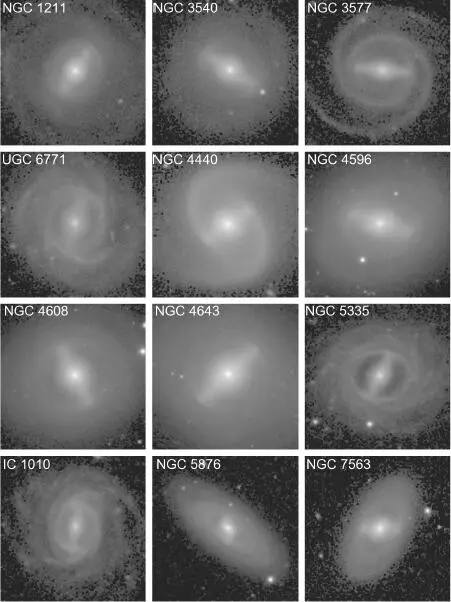
Figure 1.18. Twelve examples of barred galaxies having a “barlens”, which refers to the roundish section inside the bar. Several of these show light deficits around the bar, especially NGC 5335 (Buta 2017b; see also Gadotti and de Souza 2003b; Kim et al. 2016)
Lenses are common in early S0 galaxies. For example, typical S0 −and S0 −/°galaxies have mostly featureless extended envelopes that often have a subtle outer edge. Such features are classified as outer lenses (L). Faint traces of inner lenses (l) are also seen in such galaxies. As noted in section 1.4, the origin of lenses is uncertain. Some or most inner lenses are thought to be due to the dissolution of bars (Kormendy 1979), but the existence of outer and nuclear lenses suggests a possible link to the evolution of rings.

Figure 1.19. Stage sequences for both barred and non-barred S0 galaxies
1.6. Magellanic spiral and irregular galaxies
In distance-limited samples of galaxies, Magellanic spirals and irregulars are the most common types of galaxies. Encompassing a wide range of luminosities from dwarfs to giants, Magellanic spirals and irregulars are generally HI rich systems with considerable active star formation. Several examples are shown in Figure 1.20.
The Magellanic Clouds are considered to be examples of SB(s)m galaxies, i.e. extreme late-type galaxies having clear bars but very subtle spiral structure showing a characteristic asymmetry with a single main arm and weaker features (de Vaucouleurs and Freeman 1972). This asymmetry is recognizable even in the nearly edge-on view (Buta et al . 2015). The transition stage from Sd to Sm, or Sdm, is also well defined in showing two arms with one much longer than the other. As for Scd and Sd galaxies, Sdm, Sm and Im galaxies are often barred, except for low luminosity dwarfs that may lack the mass required to show such a feature. Non-barred giant late-type galaxies like NGC 5474 show a similar asymmetry to SBm galaxies and can be classified as type SA(s)m.
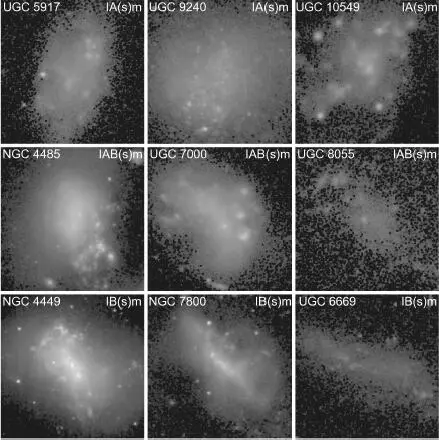
Figure 1.20. Magellanic irregular galaxies
1.7. Dwarf elliptical, S0, and spheroidal galaxies
In the environment of the Virgo Cluster, the most common type of galaxy is not an irregular, but what Sandage and Binggeli (1984) called a dwarf elliptical (dE) type. Of nearly 2,000 catalogued galaxies in the Virgo Cluster, Sandage and Binggeli (1984) found that 80% were of this type. A dE galaxy is a low luminosity system with a relatively smooth luminosity distribution that resembles a conventional elliptical galaxy but has a low surface brightness and a luminosity distribution closer to an exponential than to the  law. In some cases, there is subtle structure similar to what is seen in conventional S0 galaxies, and the system is referred to as a dwarf S0, or dS0, galaxy. In either case, the object may be nucleated , and if so, the classification is dE,N or dS0,N. In contrast, dwarf spirals, or dS types, are extremely rare.
law. In some cases, there is subtle structure similar to what is seen in conventional S0 galaxies, and the system is referred to as a dwarf S0, or dS0, galaxy. In either case, the object may be nucleated , and if so, the classification is dE,N or dS0,N. In contrast, dwarf spirals, or dS types, are extremely rare.
The exact placement of the dE and dS0 systems within the Hubble tuning fork can be examined by studying the luminosity distributions and investigating scaling relations among elliptical galaxies of all luminosities. Based on such studies, Kormendy and Bender (2012) concluded that dE and dS0 galaxies are not merely the low luminosity extensions of classical E galaxies, but are environmentally modified former irregular and dwarf irregular galaxies. Kormendy and Bender (2012) suggested that all such galaxies be referred to as “Spheroidal” galaxies, and that their existence supports the idea of the van den Bergh (1976) parallel-sequence classification.
In the CVRHS system, the dE and dS0 classification symbols of Sandage and Binggeli (1984) are adopted in the form dE/dS0/Sph or dE/S0,N/Sph. Ann et al . (2015) show numerous examples.
Edge-on disk galaxies can be more difficult to classify than face-on galaxies, owing to the foreshortening of features such as spiral arms, bars and rings. Nevertheless, the degree of central concentration is often still detectable in spite of heavy planar extinction, and the degree of resolution in the disk can still be used, so that the stage is still discernible ( Figure 1.21). Features like inner varieties have to be left out of the classification, leaving types such as Sbc sp, Sd spw, etc. The characteristic “sp” (meaning “spindle-shaped”) is only used to single-out edge-on or nearly edge-on disks, and does not imply prolate rotation. A galaxy classified as “spw” is one that shows evidence of disk warping in the edge-on view. Some extreme cases of disk warping are shown in Buta et al . (2015).
Embedded disks and thick disks : An embedded disk system is a case where a disk galaxy is embedded within a clear 3D component, usually an E galaxy of low flattening. In a disky elliptical galaxy, classified as type E(d) in the notation of Kormendy and Bender (1996), the presence of a faint disk is inferred from subtle distortions of isophotes. As noted in section 1.3, disky isophotes are detected through positive values of the cos(4 θ ) relative Fourier component of deviations from a perfectly elliptical shape. Embedded disk systems are similar to disky ellipticals, only the disk is much more obvious.
The 3D systems the disks are embedded in may be considered part of the bulge, and the disk may appear to underextend, fill or overextend the isophotes of that system (Buta et al . 2015). While disky E systems are best detected when the disk is close to edge-on, more prominent disks need not be so inclined. Figure 1.22shows several examples. Embedded disks are recognized in CVRHS classification by a notation such as, for example, S0 −sp/E(d)2-3 where the “S0 −sp” part is the spindle-shaped edge-on disk component and the “E(d)2-3” refers to a low flattening E galaxy the disk is embedded within. Obvious embedded disks, where the background spheroidal system has a low flattening, are not common. In general, the flattening of the spheroidal part of an embedded disk system, and the character of the isophotes as boxy or disky, are estimated using a color display of the galaxy’s isophotes. In rare cases, the extended component is boxy rather than cuspy, as in the case of NGC 4638 where the CVRHS type is S0 −sp/E(b)3.
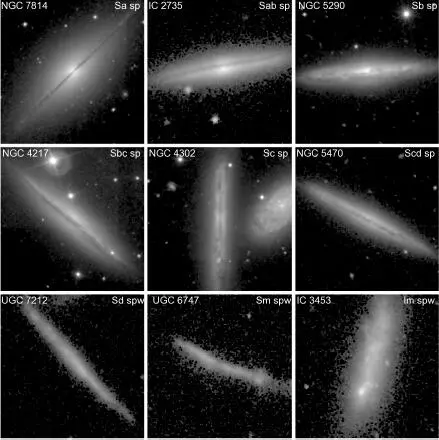
Figure 1.21. Edge-on galaxies from stage Sa to stage Im. The “sp” stands for “spindle” and is used to characterize the edge-on orientation. If “spw”, it means the edge-on disk shows signs of warping
Читать дальше
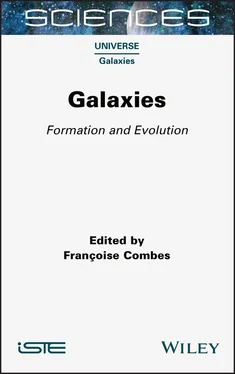



 law. In some cases, there is subtle structure similar to what is seen in conventional S0 galaxies, and the system is referred to as a dwarf S0, or dS0, galaxy. In either case, the object may be nucleated , and if so, the classification is dE,N or dS0,N. In contrast, dwarf spirals, or dS types, are extremely rare.
law. In some cases, there is subtle structure similar to what is seen in conventional S0 galaxies, and the system is referred to as a dwarf S0, or dS0, galaxy. In either case, the object may be nucleated , and if so, the classification is dE,N or dS0,N. In contrast, dwarf spirals, or dS types, are extremely rare.



